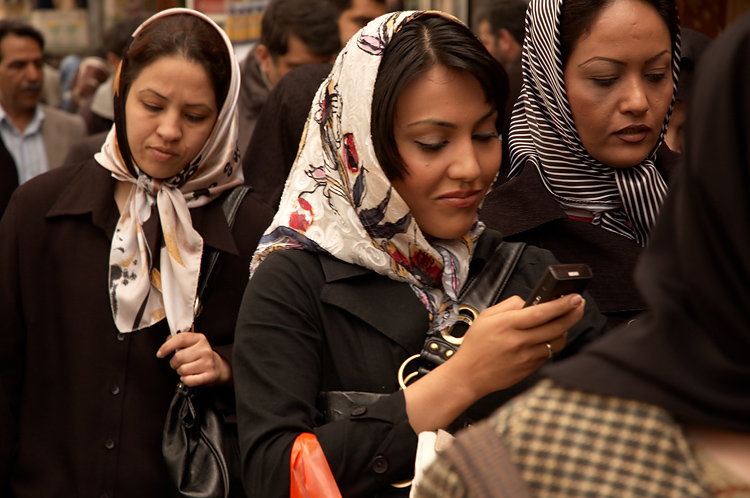Hybrid Actants
While the specific term “thing” is sometimes used colloquially to identify a passive object of human action, more recent work on material culture has shifted focus to the term actant in order to identify both humans and nonhumans as agents, often with co-dependent agendas. Ian Woodward (2007) identified the term actant as it has appeared in recent scholarship, including “approaches in the sociology of science and technology which refers to entities—both human and nonhuman—which have the ability to ‘act’ socially” (p. 15). He found that the term is used to overcome “any a priori distinction between the social, technological and natural worlds,” and emphasize “the inextricable links between humans and material things” (p. 15). In other words, things can be actants that persuade, cajole, obstruct, enable, etc.—in much the same way that people can do the same.

Some of these persuasive connections are rendered even more complicated because in networks of people and things (or humans and nonhumans), we find it impossible to identify where the human ends and the nonhumans begin. Bruno Latour (1993b) has argued that we have no access to “pure” subjects or pure objects, but are instead always part of the many actors that comprise our immediate environment. Latour named these hybrid formations of humans and nonhumans quasi-subjects and quasi-objects (p. 53). Instead of a postmodern, fragmented, socially constructed subject, similar to Sherry Turkle’s (1997) concern in Life on the Screen, the quasi-subject is a hybrid of various discourses, material effects, semiotic codes, and affective fields. In We Have Never Been Modern, Latour (1993b) famously reread the Cartesian bumper sticker phrase “guns don’t kill people, people kill people.” In his eyes, a human with a gun is a fundamentally different kind of human than without, thus forming a potent kind of human–gun hybrid, or a quasi-subject. When a human takes up a gun, Latour argued, “The gun is no longer the gun-in-the-armory or the gun-in-the-drawer or the gun-in-the pocket, but gun-in-your-hand, aimed at someone who is screaming” (pp. 179–180).
In a similar reading of a smartphone, we might describe a human with a smartphone as no longer a human AND a smartphone, but a human–smartphone hybrid. Such a hybrid would act, function and think as combined human–nonhuman—comprising a single rhetorical agent and hybrid subject. The human-with-a-smartphone (or the smartphone-with-a-human) is a different kind of actant in the world than a human-without-a-smartphone, as it can connect with other humans (colleagues, friends, enemies, frienemies) through various mediums of text and visual image, geolocate itself and others, and access entire libraries of information while mobile. The difference between a smartphone-enabled human and a human without can be described in many different ways, though I certainly do not want to consider such differences as “better” or “worse,” but instead simply “different-than” or “differently-functioning-than.” Human–smartphone hybrids are keyed into different networks of relations than other human hybrids.
